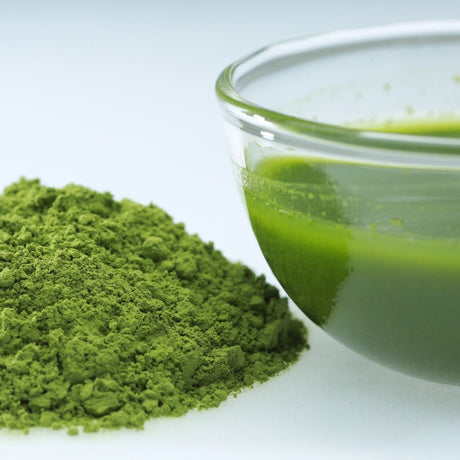
Single Cultivar Matcha Bundle from Osada Tea
Tasting single cultivars without it being blended is a great way to improve your knowledge if matcha (and tea) but only useful if it comes from the same producer who...
#0906 Matcha Kurumy - toasty flavor profile with hints of walnuts

Tasting single cultivars without it being blended is a great way to improve your knowledge if matcha (and tea) but only useful if it comes from the same producer who...
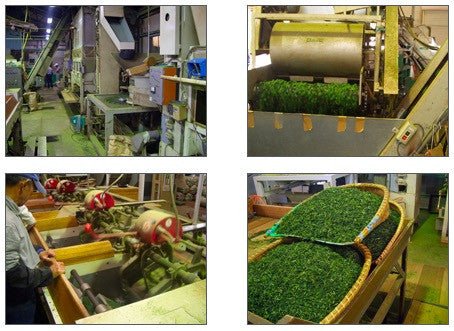
The Japanese Ministry of Agriculture, Forestry and Fisheries has just released data on 2016 production of tea in Japan. PDF report can be downloaded here (Japanese only):http://www.maff.go.jp/j/tokei/kouhyou/sakumotu/sakkyou_kome/attach/pdf/index-11.pdf Excel data (Japanese only)...
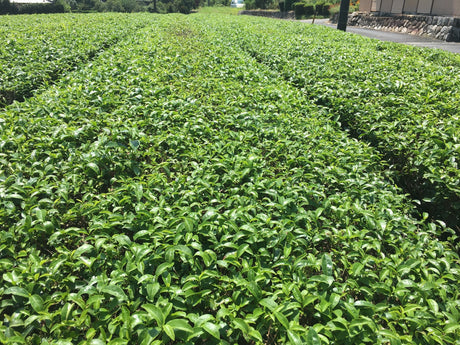
I have always found it very frustrating that no one seems to know much about pesticide residue regulations (both as a buyer and a seller). Japanese producers have very little...
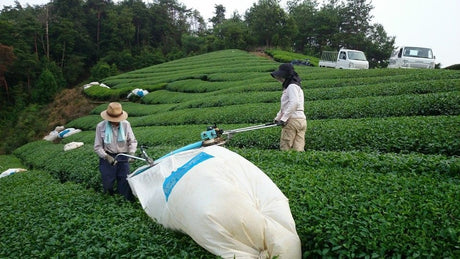
Year Area (hectares) Total production (tons; dry, unrefined leaf) Ooicha (shaded teas; tons) Sencha (tons) Tamaryokucha (tons) Bancha (tons) Others (tons) 2011 46200 82100 5840 53400 2200 18700 1890 2012...
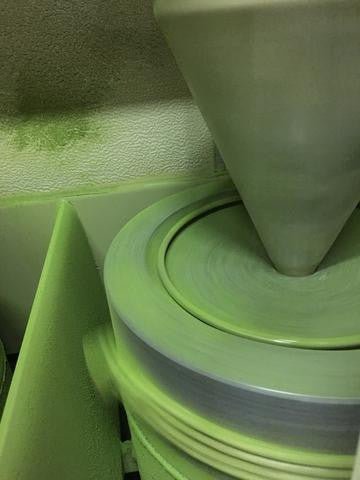
This is a quick primer on matcha production. We learned all of this because we work with both tea farms and tea factories. Matcha from small-scale family tea farms /...
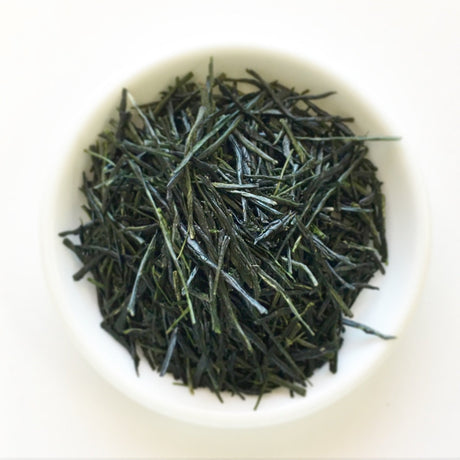
By Ricardo Caicedo of MyJapaneseGreenTea.com (edited by Ian Chun) You don't have to be an expert tea taster to tell if a Japanese green tea is of good quality or not....
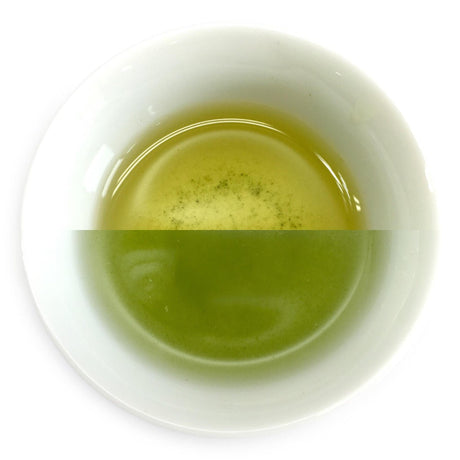
I have always been amazed at the difference in color that arises when you steep a deep-steamed tea (fukamushicha) for the first time at low water temperature and a second...
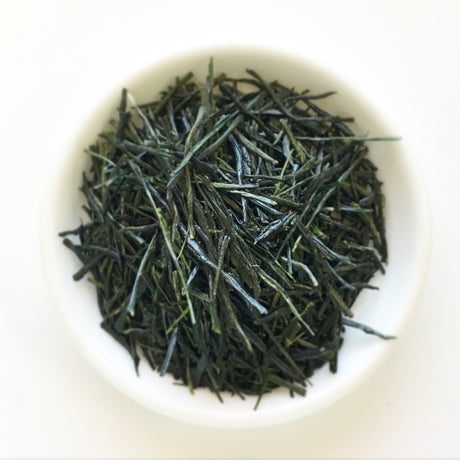
The difference between Gyokuro, Kabusecha, Sencha, and Bancha green teas from Japan is best understood through the leaf itself--its cultivation, harvest, and the resulting flavor. Click on categories below to...
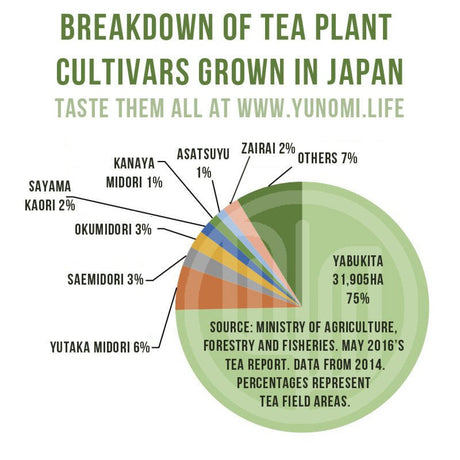
The Ministry of Agriculture, Forestry and Fisheries publishes regular reports about the tea industry (in Japanese). And the May 2016 report had a breakdown of the tea plant cultivars most...
Cultivation Shading Cultivars COMING SOONTerrain Region Weather Fertilization Pests Processing COMING SOONHarvest season Oxidization Steaming Rolling Weather (humidity) Post processing COMING SOONRefinement Blending Green roasting Roasting Grinding Storage Steeping
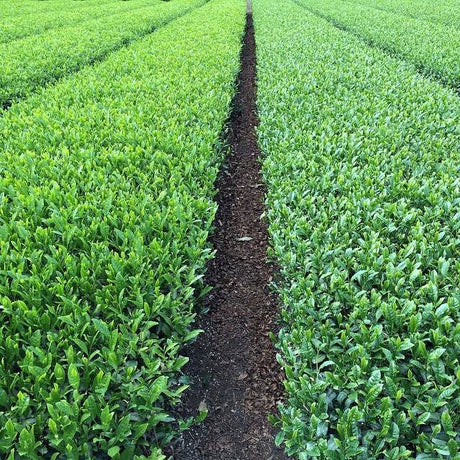
Factors that determine the quality and type of Japanese tea > Cultivation > Cultivars Cultivar - A cultivar is a “cultivated variety”. When specific characteristics are recognized in a plant,...
Spring Hachijyuhachiya 八十八夜 - Literally the "88th night" after the start of spring in the lunar calendar. This is traditionally when the tea harvesting season begins (ceremonially since of course...
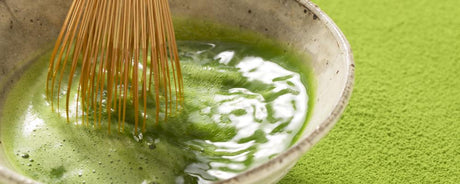
There are many companies misquoting a certain study examining the levels of EGCG (a specific type of catechin, itself a kind of antioxidant). These companies say that matcha has 137x...